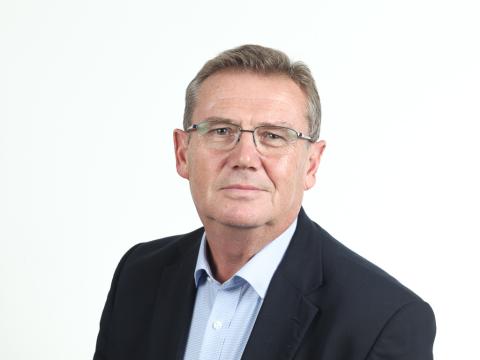Abstract
The daily alternation between sleep and wakefulness is one of the most dominant features of our lives and is a manifestation of the intrinsic 24 h rhythmicity underlying almost every aspect of our physiology. Circadian rhythms are generated by networks of molecular oscillators in the brain and peripheral tissues that interact with environmental and behavioural cycles to promote the occurrence of sleep during the environmental night. This alignment is often disturbed, however, by contemporary changes to our living environments, work or social schedules, patterns of light exposure, and biological factors, with consequences not only for sleep timing but also for our physical and mental health. Characterised by undesirable or irregular timing of sleep and wakefulness, in this Series paper we critically examine the existing categories of circadian rhythm sleep-wake disorders and the role of the circadian system in their development. We emphasise how not all disruption to daily rhythms is driven solely by an underlying circadian disturbance, and take a broader, dimensional approach to explore how circadian rhythms and sleep homoeostasis interact with behavioural and environmental factors. Very few high-quality epidemiological and intervention studies exist, and wider recognition and treatment of sleep timing disorders are currently hindered by a scarcity of accessible and objective tools for quantifying sleep and circadian physiology and environmental variables. We therefore assess emerging wearable technology, transcriptomics, and mathematical modelling approaches that promise to accelerate the integration of our knowledge in sleep and circadian science into improved human health.
PMID:36115370 | DOI:S0140-6736(22)00877-7
UK DRI Authors
